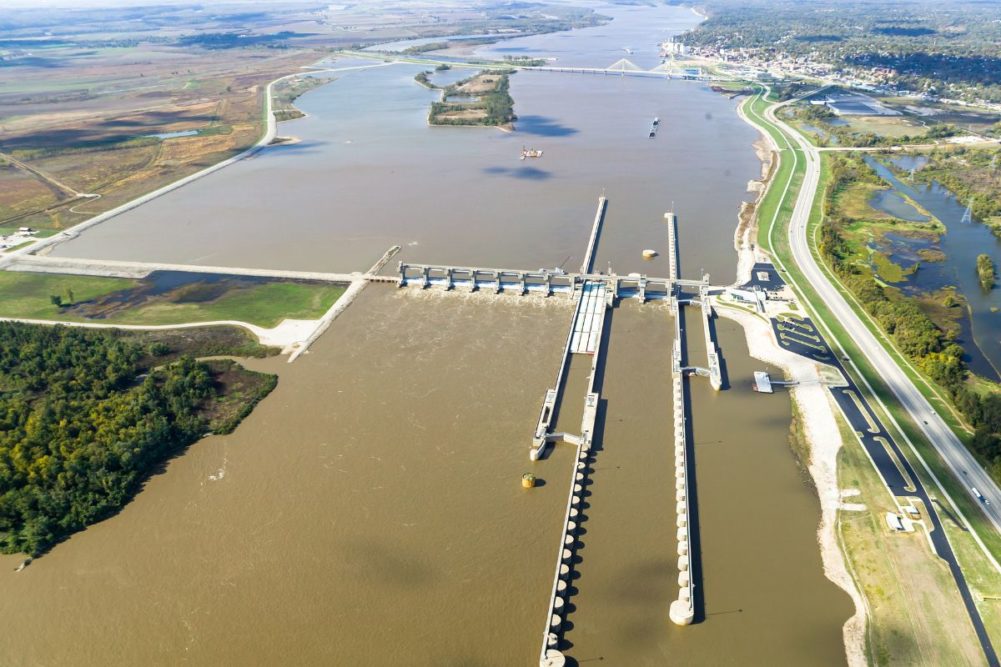LA QUINTA, CALIFORNIA, US — Thomas Heinold, Rock Island District operations division chief for the US Army Corps of Engineers, didn’t mince words when sharing an update on the nation’s waterway infrastructures at the National Grain and Feed Association (NGFA) annual convention on March 21.
“It’s not in great shape,” Heinold said, noting that most locks and dams on the Upper Mississippi and Illinois Waterways were built nearly 100 years ago, far exceeding their projected 50-year lifespan. The engineered inland water system, which allows heavy barges to pass through shallow or steep points along rivers, was in critical need of major rehabilitation and construction to restore aging facilities to their full capabilities and prevent major disruptions to the flow of goods and services, he said.
In addition to rails and roadways, rivers play an integral and cost-efficient role in transporting commodities, saving between $7 billion to $9 billion annually over the cost of shipping by other modes, according to a 2019 study released by the US Department of Agriculture (USDA). The capacity of one 15-barge tow is equivalent to 1,050 semi tractor-trailers, Heinold noted in his presentation.
Disruptions in these waterway systems, either from weather or maintenance failures, can have a systemic impact on commerce and export opportunities. A prime example occurred last fall, when extensive drought throughout the Midwest in 2022 resulted in diminished water levels in the Mississippi River, which limited barge traffic and slowed deliveries and exports of grain.
But Heinold indicated a steady stream of governmental funding in recent years had established a promising course for improvement, and called for conference attendees to employ whatever lobbying muscle was available to ensure continued improvement, especially since funding from other sources was limited. While vessels on US waterways incur a tax based on the value of their cargo when they reach their destination, in addition to taxes on fuel, both of which helps support the system’s operations and maintenance, boats do not pay tolls to use the locks.
While funding has increased over the years, the most recent fiscal budget did not earmark any dollars toward new infrastructure. Heinold explained that federal administrators were hoping to see ongoing projects completed before allocating funds for new projects. He said the current focus was to fortify and weather-proof existing infrastructure, but he did not anticipate investing in a lock and dam system in the lower section of the Mississippi river despite the recent drought-induced supply chain backup, saying the dredging emergency experienced last fall was a unique situation.
“I’m an engineer and I love to design and I love to build, but it’s just not worth it to have billions and billions (of dollars) of infrastructure sitting idle for 95% of its life just to wait around for a drought,” Heinold said.




